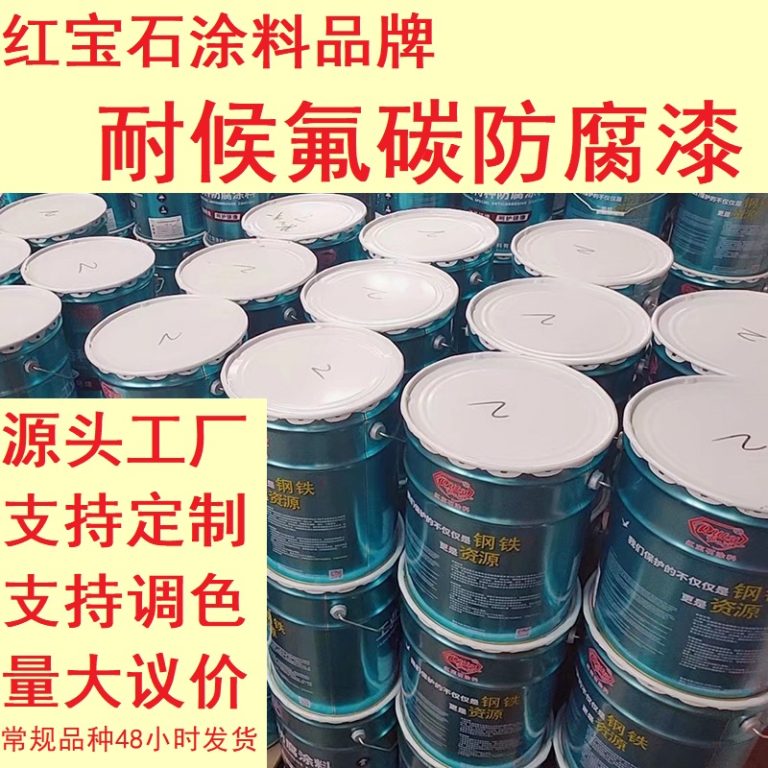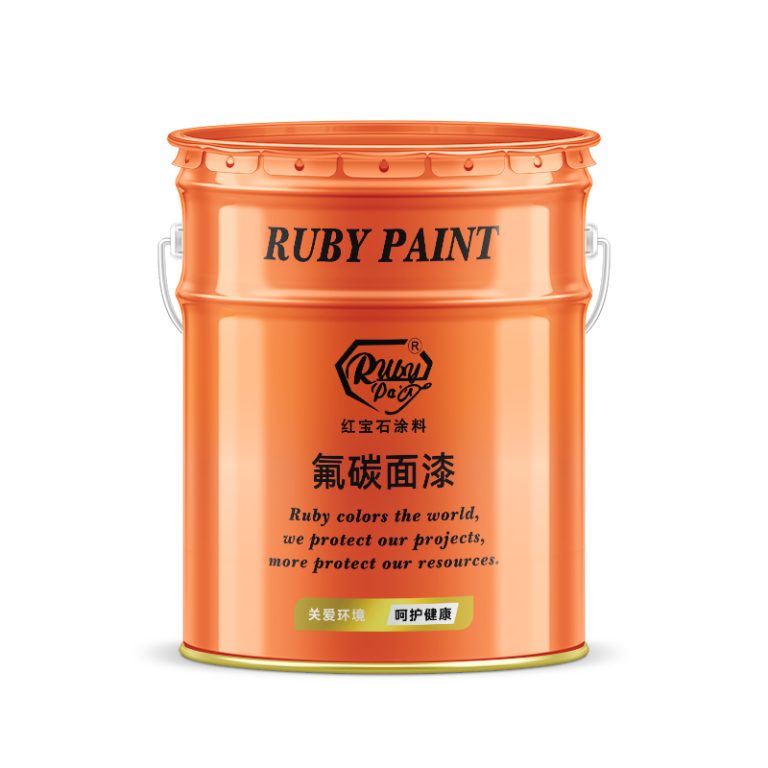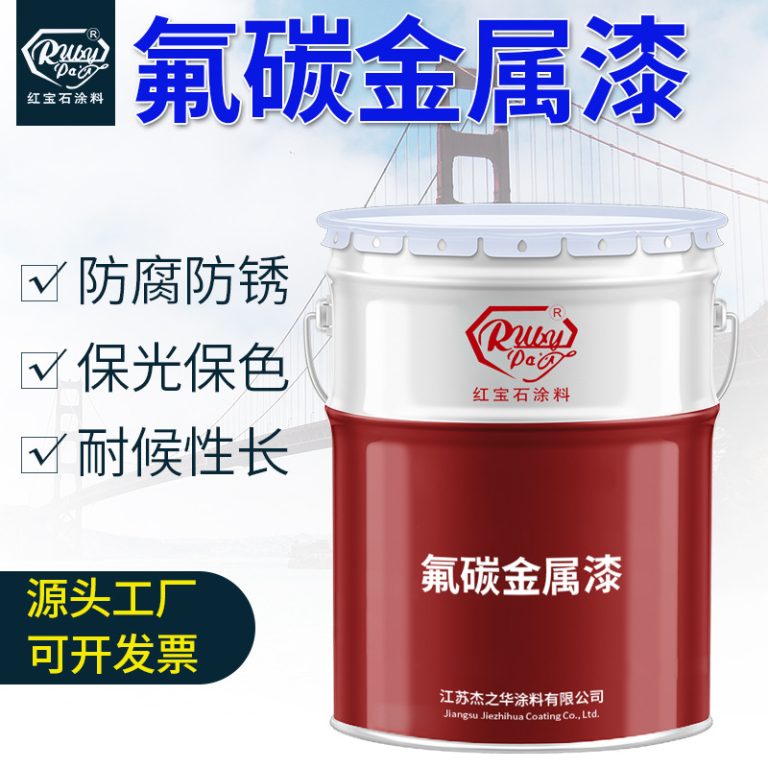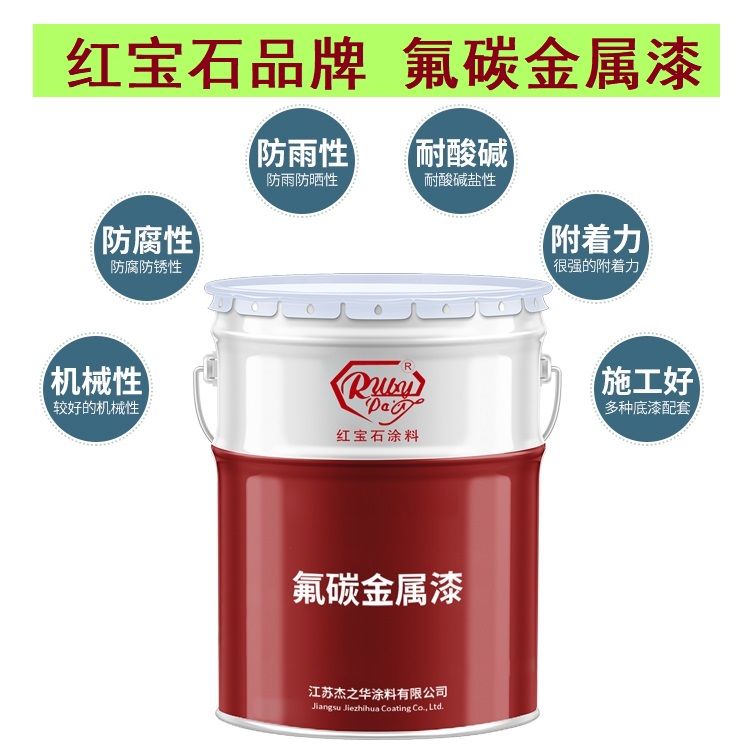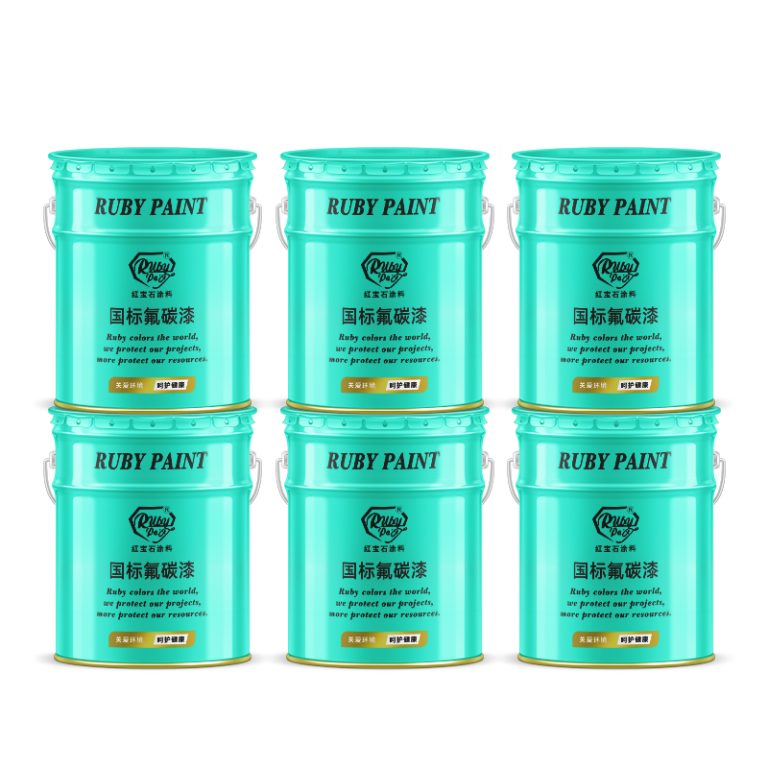Table of Contents
Techniques For Thinning Alkyd Paint For Different Applications
Thinning alkyd paint is an essential technique for achieving the desired consistency and finish for various painting applications. Alkyd paints, known for their durability and glossy finish, are oil-based and can sometimes be too thick for certain projects. By properly thinning the paint, you can enhance its workability and ensure a smooth, even application.
The first step in thinning alkyd paint is to choose the right thinner. Mineral spirits or turpentine are commonly used to thin alkyd paints. These solvents are effective in breaking down the paint’s viscosity, making it easier to apply. It is important to use the appropriate thinner for alkyd paint, as using the wrong type can affect the paint’s properties and the final result.
Once you have selected the appropriate thinner, the next step is to determine the correct ratio of paint to thinner. This ratio can vary depending on the specific application and desired consistency. A general guideline is to start with a small amount of thinner, such as adding one part thinner to three parts paint. It is crucial to mix the paint and thinner thoroughly to achieve a uniform consistency. You can gradually add more thinner if needed, but it is advisable to add it in small increments to avoid over-thinning the paint.

When thinning alkyd paint for spraying, a slightly different approach may be required. Spraying alkyd paint necessitates a thinner consistency to ensure that the paint flows smoothly through the spray gun. In this case, a ratio of one part thinner to two parts paint may be more appropriate. Again, it is essential to mix the paint and thinner thoroughly and test the consistency before applying it to the surface.
For brush or roller applications, a thicker consistency may be preferred to prevent drips and ensure better coverage. In such cases, a ratio of one part thinner to four parts paint might be suitable. This consistency allows for easier application with a brush or roller while still maintaining the paint’s inherent properties.
It is also important to consider the environmental conditions when thinning alkyd paint. Temperature and humidity can affect the drying time and consistency of the paint. In warmer or more humid conditions, the paint may dry more slowly, and less thinner may be needed. Conversely, in cooler or drier conditions, the paint may dry faster, and a slightly higher proportion of thinner might be required to maintain workability.
Safety is another critical aspect to consider when thinning alkyd paint. Since alkyd paints and their thinners are flammable and emit strong fumes, it is essential to work in a well-ventilated area. Wearing protective gear such as gloves and a respirator mask is also advisable to avoid exposure to harmful chemicals.
In conclusion, thinning alkyd paint is a valuable technique that can enhance the paint’s application and finish. By selecting the appropriate thinner, determining the correct ratio, and considering the specific application and environmental conditions, you can achieve the desired consistency for your painting project. Remember to prioritize safety by working in a well-ventilated area and using protective gear. With these considerations in mind, you can successfully thin alkyd paint for various applications and achieve professional-quality results.
Choosing The Right Solvent For Thinning Alkyd Paint
Thinning alkyd paint is an essential step in achieving the desired consistency and finish for your painting project. Alkyd paints, known for their durability and glossy finish, are oil-based and require specific solvents to thin them effectively. Choosing the right solvent is crucial to ensure that the paint adheres well, dries properly, and maintains its intended appearance.
The most commonly used solvent for thinning alkyd paint is mineral spirits. Mineral spirits are a petroleum-based solvent that effectively reduces the viscosity of alkyd paint, making it easier to apply with a brush or roller. It is also relatively odorless compared to other solvents, which makes it a preferred choice for indoor painting projects. When using mineral spirits, it is important to add it gradually to the paint, stirring continuously until the desired consistency is achieved. Typically, a ratio of one part mineral spirits to three parts paint is recommended, but this may vary depending on the specific paint and the application method.
| No. | Product |
| 1 | Industrial paint |
| No. | Products |
| 1 | Fluoracarbon primer paint |
Another option for thinning alkyd paint is turpentine. Turpentine is a traditional solvent made from the distillation of resin obtained from pine trees. It has a strong odor and is more volatile than mineral spirits, but it is highly effective in breaking down the alkyd resin in the paint. Turpentine can be used in a similar ratio to mineral spirits, but it is important to work in a well-ventilated area due to its strong fumes. Additionally, turpentine can yellow over time, which may affect the color of the paint, particularly with lighter shades.
For those seeking a more environmentally friendly option, there are also low-odor and biodegradable solvents available on the market. These solvents are derived from renewable resources and are designed to have a minimal impact on indoor air quality. They can be used to thin alkyd paint in the same way as mineral spirits or turpentine, but it is important to check the manufacturer’s recommendations to ensure compatibility with the specific paint being used.
When choosing a solvent for thinning alkyd paint, it is also important to consider the drying time and the finish of the paint. Some solvents may cause the paint to dry more quickly, which can be beneficial in certain situations, but may also make it more difficult to achieve a smooth finish. Additionally, the type of solvent used can affect the glossiness of the final coat, so it is important to select a solvent that aligns with the desired sheen level.
www.youtube.com/watch?v=kCkCI75Qvv8In conclusion, thinning alkyd paint requires careful consideration of the type of solvent used. Mineral spirits and turpentine are the most common choices, each with its own advantages and drawbacks. For those looking for a more environmentally friendly option, there are also low-odor and biodegradable solvents available. Regardless of the solvent chosen, it is important to add it gradually and stir continuously to achieve the desired consistency, and to always follow the manufacturer’s recommendations for the best results. By selecting the right solvent and using it correctly, you can ensure that your alkyd paint application is successful and achieves the desired finish.


